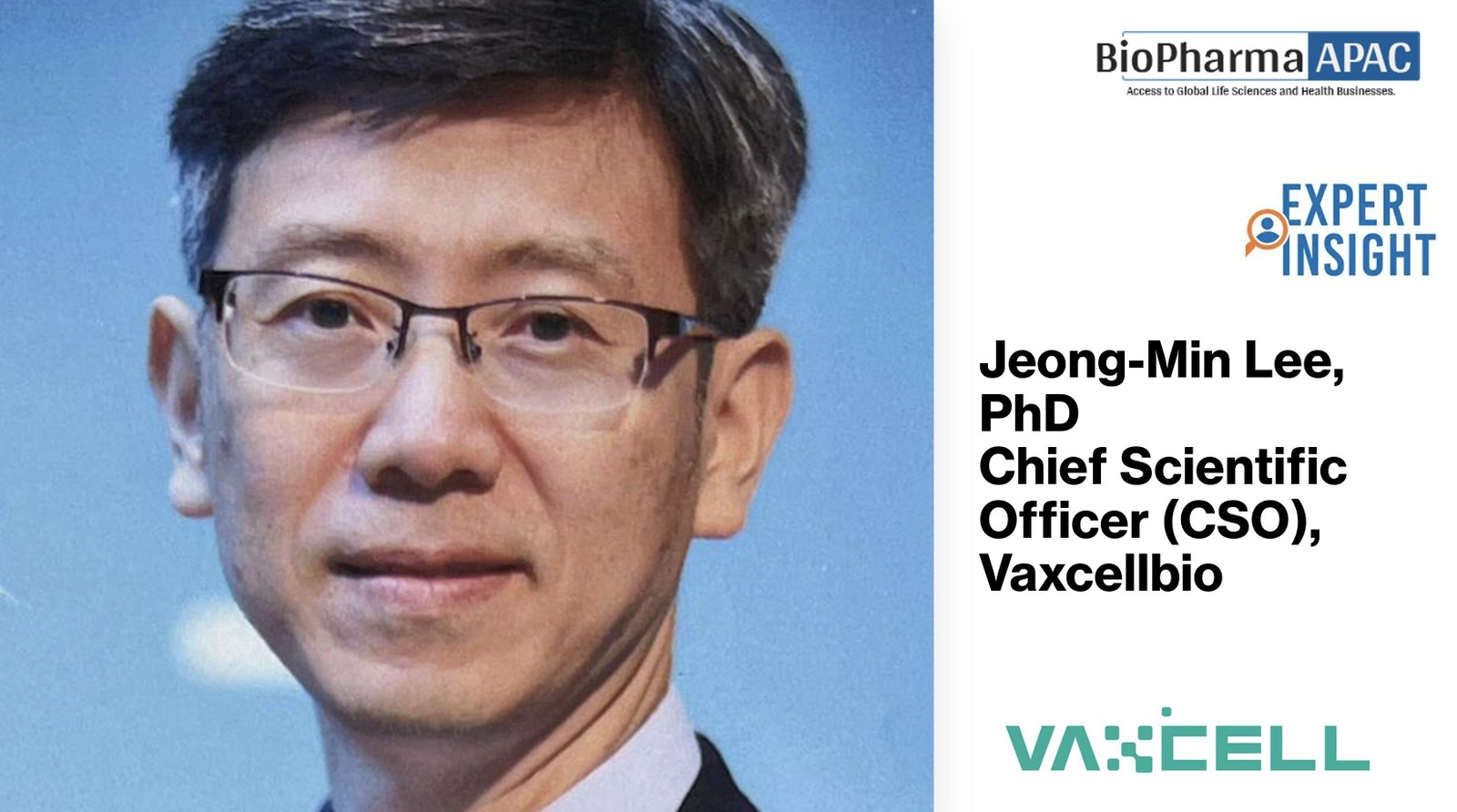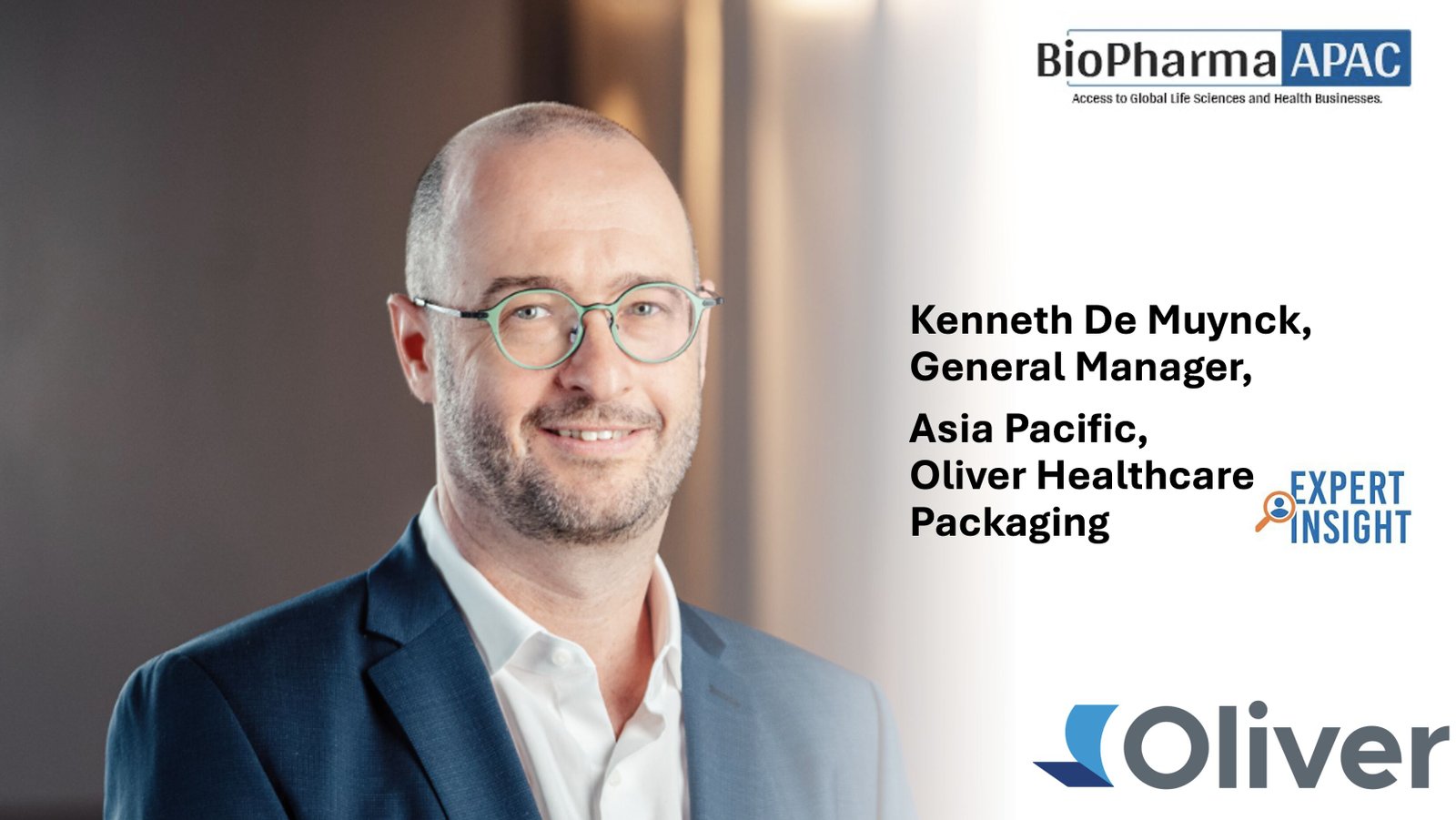Vaxcellbio’s CSO Outlines How DDS Enabled Nanobodies Could Redefine Global Treatment Pathways
20 November 2025 | Thursday | Interaction

Vaxcellbio is betting on the combined power of nanobodies and advanced drug delivery science to push boundaries across ophthalmology and other chronic disease areas. In this interview with BioPharma APAC, Jeong Min Lee, Chief Scientific Officer of Vaxcellbio, discusses the development ambition behind VCB 1502, the momentum of the company’s DDS collaborations, and the broader potential for DDS enabled biologics in global healthcare.
What is the expected timeline for advancing VCB-1502 toward clinical evaluation, and how does the DDS formulation influence development planning
We kindly ask for your understanding that we are unable to disclose specific timelines for new drug development. The Seoul National University Integrated Research Institute of Pharmaceutical Sciences possesses exceptional expertise and capabilities in DDS formulations. We expect that the development of this new DDS-based therapeutic concept for macular degeneration, in collaboration with SNU, will serve as a game changer in the current treatment landscape. Our nanobody therapeutic candidate and SNU’s DDS formulation are being advanced through close and complementary collaboration.
How are you shaping the regulatory strategy for this DDS nanobody platform across key global markets
Both the nanobody antibody and the DDS formulation are being developed in accordance with global regulatory standards. Our programs are planned to meet internationally accepted specifications such as ISO and CTD, ensuring readiness for global market entry without major regulatory barriers.
What manufacturing and scale up considerations are central to delivering a patient friendly DDS formulation at commercial scale
Key considerations include nanobody production, DDS formulation manufacturing, and the production efficiency and formulation stability after combining the nanobody with the DDS system. To ensure large-scale and GMP-grade manufacturing capability, we are collaborating with qualified partners both domestically and internationally.
How does VCB-1502 differentiate itself in a competitive anti VEGF landscape from a patient, clinical and market perspective
VCB-1502 offers several points of differentiation compared to currently marketed injectable therapies.
First, the small-sized nanobody improves lesion penetration and molecular stability, maximizing therapeutic efficiency.
Second, unlike conventional intravitreal injections, DDS-enabled administration routes—such as topical eye drops—can alleviate patient discomfort and fear associated with ocular injections.
Third, microbial expression systems enable rapid and cost-efficient production.
These advantages support VCB-1502’s potential as an innovative therapy that enhances patient convenience and reshapes the treatment paradigm for macular degeneration.
Beyond macular degeneration, which therapeutic areas are being prioritised for future DDS enabled biologic programmes
To advance our DDS formulation technology, we are working closely with Seoul National University to expand into additional therapeutic areas—including oncology, Parkinson’s disease, obesity, and Alzheimer's disease—where chronic disease management could greatly benefit from DDS-enabled biologics.
Most Read
- Top 25 Biotech & Biopharma Leaders in Sustainable Innovation, 2025
- China’s Biopharma Dealmaking Surges in H1 2025, Driven by Record Licensing and Oncology Focus
- Chikungunya in China: How a “Forgotten” Arbovirus Found the Perfect Storm
- How Innovation Gaps in Biopharma Raise New Safety Concerns
- Smart Implants and the Future of Musculoskeletal Injury Treatment
- How Ethical Gaps in Psychiatry Could Undermine Biopharma Progress
- The Evolving Landscape of Women’s Health Innovation in the Asia-Pacific
- Using NLP-Driven Decision Support in Emergency Health Assistance
- Taiwan Steps Into the Global Spotlight With a New Cancer Therapy
- The Role of Unique Device Identification (UDI) in Tracing Medical Device Safety
- The Importance of a Patient’s Mental Health During Clinical Trials
Bio Jobs
- The State of Biotech and Life Science Jobs in Asia Pacific – 2025
- Avantor’s New CEO Ligner Aims to Unlock Global Potential and Deliver Shareholder Value
- AstraZeneca Commits $50 Billion to U.S. Expansion by 2030 in Biggest-Ever Global Investment
- Thermo Fisher, SAMRC, and South Africa’s Department of Science and Innovation Launch CATIR to Nurture Next-Gen Scientists
- Cube Biotech Appoints Former Sartorius CEO Dr. Joachim Kreuzburg to Board of Directors
- FDA’s AI Transition Marks a Turning Point in Drug Review: Industry Faces Pressure to Adapt Amid 20% Workforce Cut
- WuXi XDC Completes Mechanical Build of Singapore Bioconjugate Manufacturing Hub
News
Editor Picks











